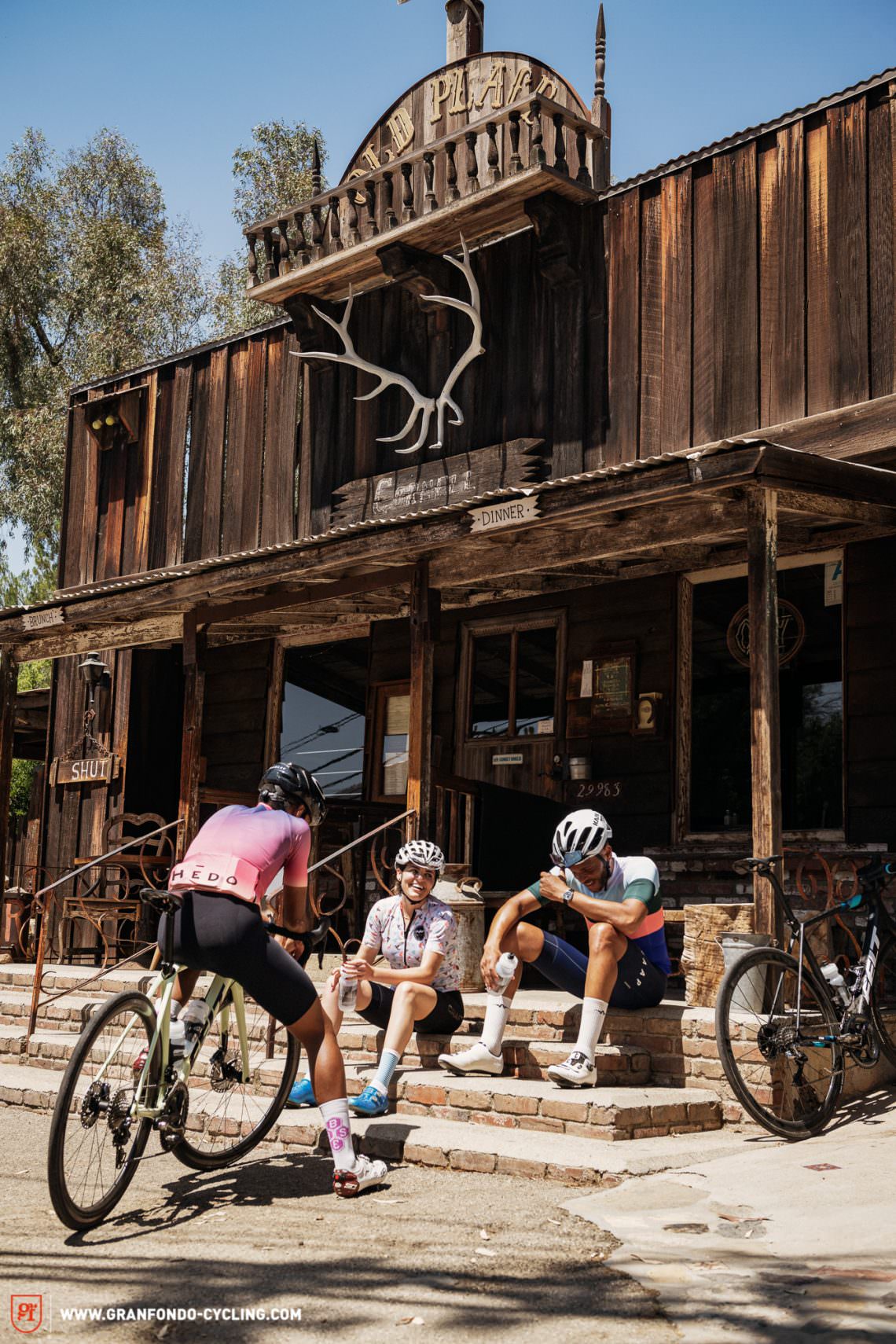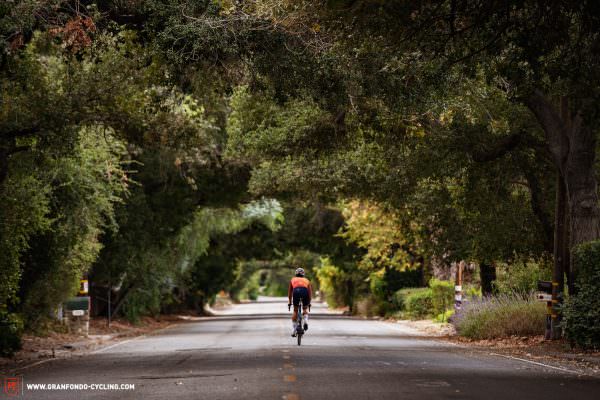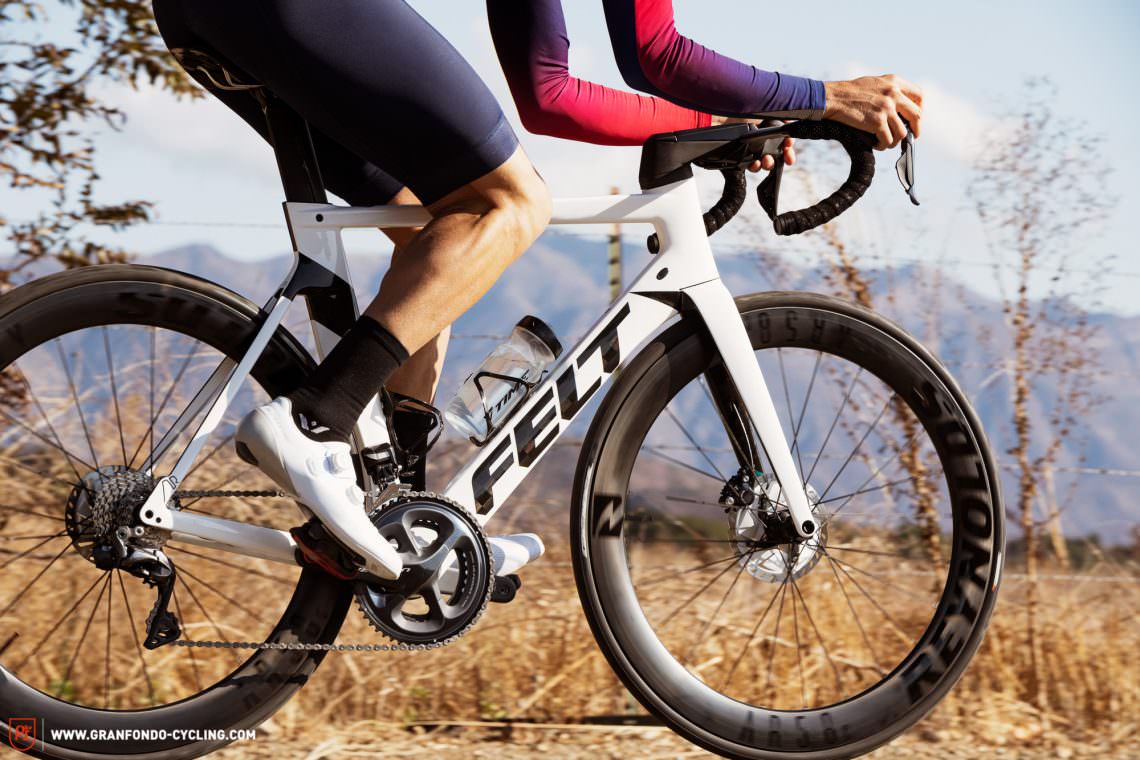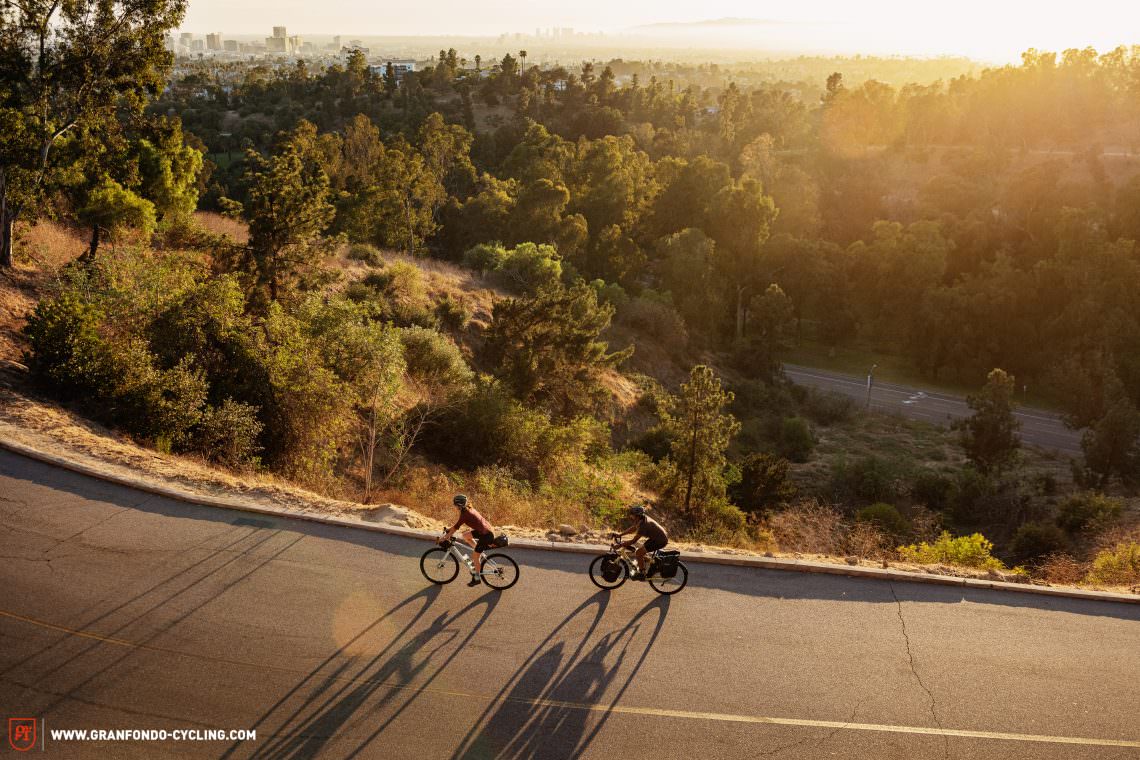The Felt Breed 20 gravel bike caught our attention last year, so we wanted to find out more. What exactly are Felt Bicycles up to at their base in California? Where will the company go next? And what do their plans tell us about the direction of the entire bike industry?
The start: Golden State. California is characterised by kilometres of coastal roads, sandy beaches that look like their very definition, mountains over 4,000 m high and boundless forests of redwood trees – the perfect conditions to launch a bike brand, right? That’s what the founders of Felt Bicycles thought in 1991 and aerodynamic bikes emblazoned with Felt lettering have since gone on to secure an impressive string of victories in Grand Tours, the Summer Olympics and World Championships. Racing is an indisputable part of the cycling experience for Felt and the manufacturer has huge expertise in developing the fastest time trial and triathlon bikes in the world. #racingmatters
We design, test, reiterate, then test again, over and over until we’ve squeezed out every last drop of performance.“ – Alexander Soria, Director of Product Development


Turning to Central Europe: Felt have been less widespread in our climes, which is surprising given their numerous successes on roads all over the world and the fact that the manufacturer has been a driver of innovation in the performance sector for many years. Perhaps that’s because, in contrast to some other brands from the USA, Felt don’t focus on producing maximum quantities and have remained a relatively small company that continue to define themselves by their basic principles: providing the fastest bikes in the world to the most passionate riders out there. With in-house engineering, research, development and prototyping, a lot of the design process is still carried out in Southern California, though, like much of the competition, production of frames has been outsourced to Asia. The Felt brand has been relatively unknown to us as well until now. It was only at the end of last year that the first Felt bike made its way to our editorial office in the form of the Breed 20 Gravel. It didn’t just pique our interest, the excitement from your side was also huge. To understand and get to know the self-proclaimed performance brand even better, we decided to take a closer look. So read on to find out what new products you can expect from California in the near future and the developments the entire bike industry is currently going through!


What if …
… a Felt FRD bike was affordable for everyone?
Anyone who knows professional cycling and can recite the world’s best racing bikes off the top of their head inevitably clicks their tongue at the acronym, FRD. Models with this abbreviation, short for Felt Racing Development, are the most advanced carbon frames to leave the Felt laboratory. FRD frames incorporate all the know-how that the Felt engineering team has acquired over the years. Owning a bike with an FRD frame is a long-cherished wish for many Felt disciples on the other side of the Atlantic, whether they’re amateurs or pros. Whether it’s a 180 km ride, preceded by a swim and followed by a run, or a pure road race, where you have to bring the goods for a 2,000 watt finish sprint, a Felt FRD bike is always supposed to be the perfect choice if you want maximum performance. That is if it weren’t for the price tag of an AR FRD road bike, which ranges from a hefty € 12,999 to € 14,199, depending on the model, making it a non-starter for many.

FRD represents all of the blood, sweat, and tears shed by our professional athletes and engineers, alike.“ – Alexander Soria


So how can an FRD bike be made affordable for every Felt fan when the material and manufacturing costs for the frames remain so high? You guessed it: new and cheaper electronic groupsets might help you to furnish your garage with an FRD bike, without having to mortgage your house at the same time. These new bikes are as capable as ever, the weight remains low, yet the price is at a level where buying one becomes more realistic. Of course, a bike ridden by the pros in the peloton will always be an expensive proposition, but that’s the way it is everywhere in top-level sport. After all, not every Formula 1 fan can afford a racing car. Nonetheless, you should be excited about any bike that is offered with a more affordable spec.

Component shortages, uncertain delivery times, rising wages and of course our good old friend, inflation, have been driving bike prices up continuously for years. Nevertheless, every ambitious racer wants to cross the finish line of their next race on a bike with top-spec equipment to improve their performance. In our opinion, having the best possible frame as an optimal platform for later upgrades and tuning is a thoroughly sensible approach. A bike as an overall concept is more than just the sum of its individual parts and so, with upgrades, you can tune the overall concept in the way that makes the most sense for your needs. But the platform on which you do this must be the best possible, as all the bike’s characteristics are significantly influenced by it. Many manufacturers only combine their best frameset with their flagship model. For cheaper models, cheaper carbon layups and processing are not uncommon, resulting in an increase in frameset weight of up to 60%. It’s great that Felt are taking a different approach and giving customers the exciting option to buy a bike with an FRD frame at a lower price. Of course, groupsets in different price brackets will have varying differences in weight, though it’s unlike that many people will complain about lacking shifting performance when switching from DURA-ACE Di2 to ULTEGRA Di2.
What if …
… aerodynamics played a major role in the gravel sector?
Aerodynamics plays an immense role in any aspect of biking where speed, competition and victories are at stake – that isn’t news. Consequently, it’s unsurprising that several bike manufacturers have launched aerodynamically optimised gravel bikes in the past year. We’re sure that gravel racing will find a growing fan base in Europe in the near future. Many roadies are understandably fed up with fighting for space on asphalt with four-wheeled metal boxes and are jumping over to off-road bikes equipped with drop bars. Of course, weight, tire choice, components and frame material all play a major role in the factors that determine the speed of a gravel bike. However, particularly in the area of aerodynamics, there is still a lot of potential yet to be exploited.

You can have the most structurally efficient frame and the most powerful legs, but if you’re not aero, you’re not riding as fast as you could be.“ – Alexander Soria

Felt are strongly rooted in the performance sector and at a time when many manufacturers were still trying to make their bikes faster with new materials at the end of the 1980s, Felt were one of the first bike brands to recognise the huge importance of aerodynamics on road bikes. They started their research precisely there to find the right characteristics to set themselves apart from the competition with innovative and novel frame and bike concepts. Numerous victories proved the Californian brand right and underline the success that Felt have achieved with their approach!

For the upcoming 2022 model year, Felt have a gravel bike that is ready to duel with the fastest gravel specialists in the world. Naturally, the new Felt Breed Carbon relies on the standard secrets of success for every fast gravel bike: a carbon frame that is stiff in key areas to enable maximum power transfer, combined with a level of comfort that means the rider doesn’t feel every bump and lump and is so sore halfway through the race that they end up completely cramped up on the bike all the way to the finishing straight. In addition, Felt are firmly convinced that aerodynamics is the key to success, especially in extended races over gravel tracks. In the end, the differences in aerodynamics do decide whether you are 30 seconds ahead or 2 minutes behind. Who wouldn’t prefer better aero, assuming the same comfort and weight? Of course, aerodynamics also means integration and some will be annoyed about the less service-friendly cable routing. But the watt savings are demonstrably non-negligible. And let’s be honest, how sexy is a bike with drops and seamless integration?


So is the future of gravel bikes one of performance? There are many indications that this is the case for many manufacturers, which doesn’t have to be a bad thing for us. We can well imagine that the field will simply become a little more segmented and ever broader in the future. On the one hand, a movement that celebrates its original spirit and simply wants to experience more adventure and explore with drop bars. And on the other, an effort to tease more performance out of gravelling, which can in turn deliver benefits to the sport as a whole. More and more pros and ex-racers are switching to gravel bikes and lining up at the start line of big gravel races. However, this can also be an advantage for the early gravel romantics as a shift towards the mainstream can have a positive impact on the sport and the diversity of gravel bikes. New manufacturers are entering the gravel business every year, increasing the diversity of the category. Even though there will be more and more gravel race bikes on the market, this doesn’t necessarily mean that racing is all that they can do. It is up to each of you to define the intended use of your bike. This can continue to be a relaxed ride without a power meter, chest strap and lactate in the legs. After all, we’re the last to say no to an invitation to the campfire …
What if …
… bike frames will only be made in the laboratory in future?
Modern computers enable bicycle manufacturers to produce frames in a way they would never have dreamed of 20 years ago. Thousands of computer simulations can spit out the best possible frame shapes and material thicknesses, which are then turned into reality thanks to state-of-the-art manufacturing technologies. As a result, bikes can be developed and improved faster and cheaper, while mass production becomes much more reliable. And who says that it won’t be possible to make spare parts at home using a 3D printer in the future? Weeks of waiting times, global shipping and even warehouse costs could be saved in this way. Good for the environment, good for you. Win-win? Sounds like it at first! So should future bikes be designed entirely in the lab?


Imagine you are competing in a cake competition, searching for the best cheesecake in the city. You have a laboratory, an unlimited selection of ingredients and an oven at your disposal. However, you don’t have your taste buds or feedback from tastings with your friends. An impossible task to bake the perfect cheesecake and receive never-ending fame and recognition? We think so! Even if the analogy doesn’t seem to make much sense, a similar principle applies to the creation of carbon frames.

When it comes to creating a truly stellar bicycle, it’s all about the details.“ – Alexander Soria
At the last UNBOUND Gravel event, like many other races, you would have seen teams or riders with prototypes to be tested under real-world conditions before their official launch. The cleverest engineers in the world can simulate as much as they want on their computers and develop products in the lab, but whether the result is actually any good and has what it takes to compete with the world’s best can only be determined in fresh air and with a real person using it. According to Felt, feedback from athletes has a decisive influence on the development of a new bike. With a purely analytical engineering approach, things are sure to be overlooked that become obvious immediately in the real world. The subjective feedback of pros will continue to be the be-all and end-all in the development of performance bikes for the foreseeable future. That’s good news, because real passion, like that which the Felt team imbues its models with, is rarely created in the laboratory.
Conclusion
The bike industry is in a state of flux, so it’s no surprise that dreams of the future are being played in Southern California at Felt. We’re excited about performance bikes from the pro sector being made available to a larger audience and are excited about the new carbon gravel bike due to be released next year. Who wouldn’t want to up their speed on their next ride?
More information about Felt and the complete product portfolio can be found at eu.feltbicycles.com.
Did you enjoy this article? If so, we would be stoked if you decide to support us with a monthly contribution. By becoming a supporter of GRAN FONDO, you will help secure a sustainable future for high-quality cycling journalism. Click here to learn more.
Words: Photos: Felt









































